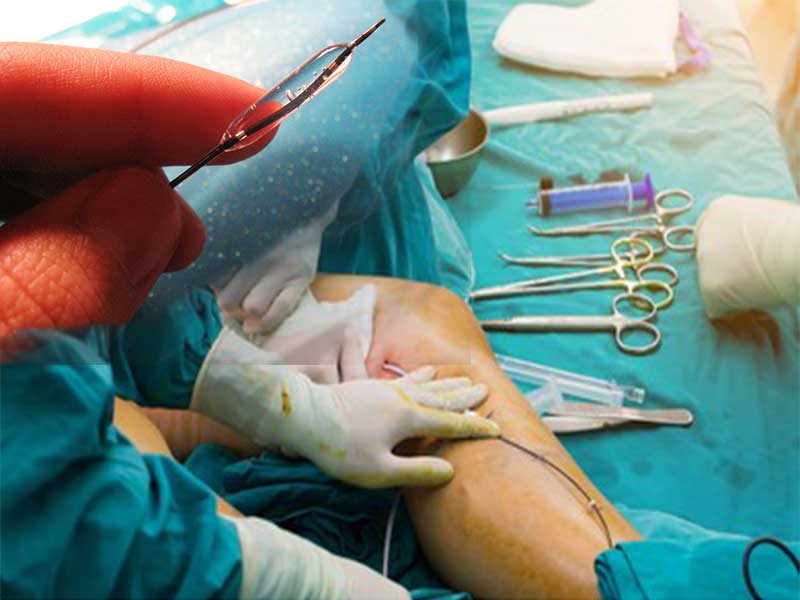Angioplasty

Angioplasty is a process applied to clear blocked coronary arteries affected by coronary artery disease. Angioplasty surgery fixes blood flow to the heart muscle deprived of open-heart surgery. Angioplasty can be performed in an urgent situation such as an indication of heart attack. An Angioplasty is a non-complicated simple surgery also considered as endovascular procedure used to widen blocked or constricted blood vessels (arteries and veins) around the heart in order to re-establish the natural flow of blood done through minimally invasive method. In medical terms, angioplasty is also known as “Percutaneous Coronary Intervention” or PCI.
Angioplasty definition – The term ‘Angio’ implies whatever related to blood vessels whereas ‘Plasty’, refers to the moulding or grafting of any body part, here it associates to the heart arteries. Hence, blood vessels are called the coronary arteries. A coronary artery stent is a tiny mesh tube made out of metal that inflates inside a coronary artery. A stent is inserted during or directly after angioplasty.
In the course of angioplasty, a physician insets a tube into an artery in the arm, wrist or groin. They then float the tube on the way to the affected artery near the heart. In the end, they set in a balloon or stent to expand the artery. During the procedure sort of sedative is administered as a relaxant avoiding General anaesthesia. Recuperation from angioplasty surgery and stenting is usually concise. After the removal of catheter patient can be discharged from the hospital is usually 12 to 24 hours. Normal activities can be recommenced within a few days to a week after a procedure.
